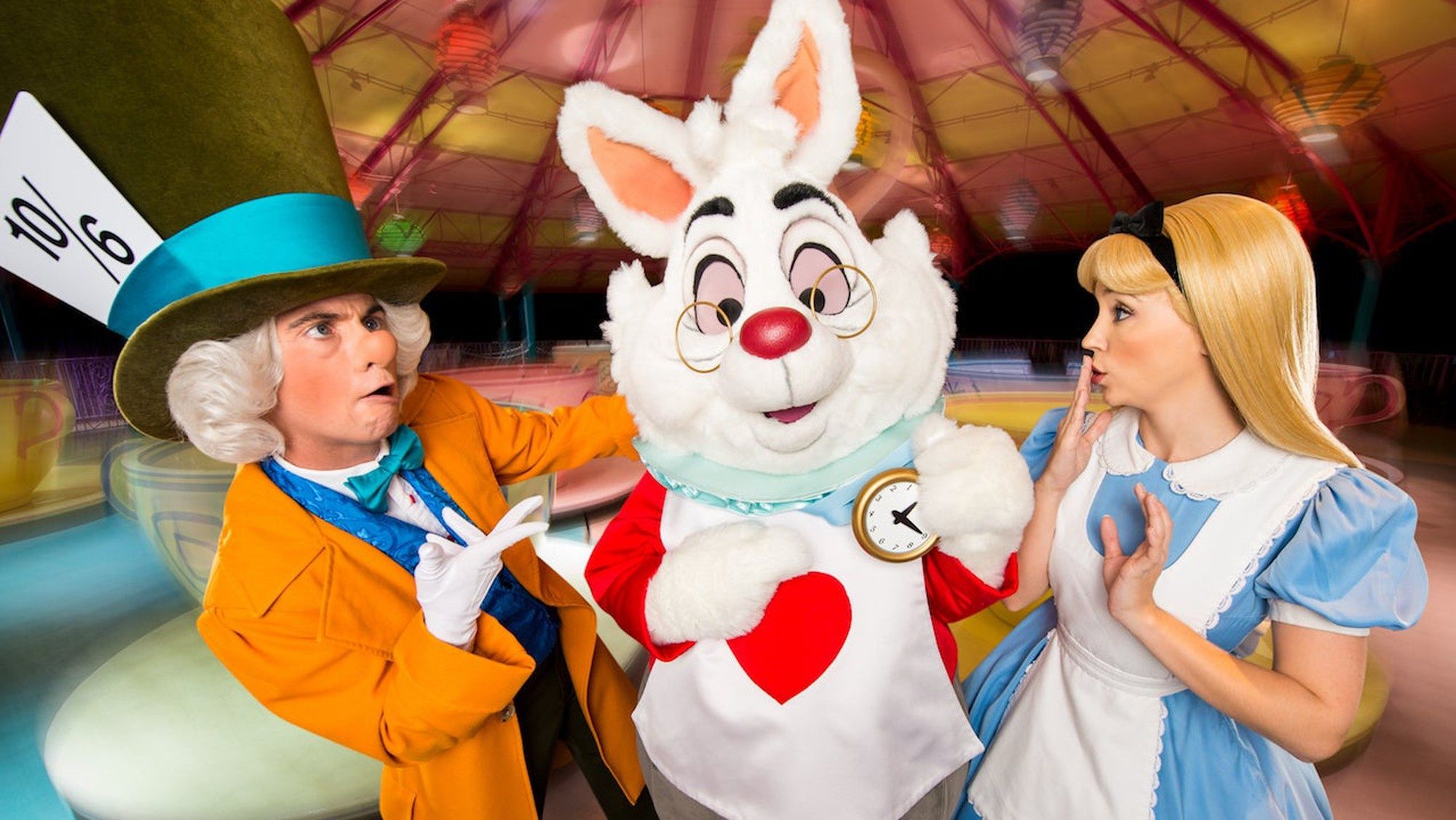Walt Disney (DIS 1.95%) and Nike (NKE 0.33%) are two of the biggest brands in the world. They're leaders in their respective industries, they're masters of marketing, and each has a multigenerational history of cultivating assets such as Disney princesses and star athletes, a strategy that has helped solidify their industry dominance and created barriers to entry.
Though the two companies are not direct competitors, they have much in common as global consumer-facing brands that have built their foundations on great products and great branding. As stocks, Nike and Disney have a similar profile as well. Both have a long history on the market and have been big winners over that time. The companies also have similar market values: Disney is currently worth $168 billion, compared with Nike's $135 billion market cap. And both stocks offer modest dividend yields, with Nike paying investors 1% and Disney offering 1.6%.
Over the past five years, Nike has been the clear winner as Disney has struggled with the transition to streaming. Nike separated itself from Disney recently when it returned to steady growth in key markets and rival Under Armour (UA +1.97%) (UAA +0.35%) began falling apart.
Check out the latest earnings call transcripts for Disney and Nike.
Still, with both companies in transition, those trends could easily change. Let's take a closer look at where each company stands today.

Image source: Disney.
A new Disney
Disney is in the midst of one of the biggest strategic shifts in its history, and a year from now it will be in a much different place from where it was a year ago. The company is in the midst of closing on its acquisition of the entertainment assets of 21st Century Fox, after announcing the deal in December 2017. That acquisition will give it more firepower when it launches its own Disney+ entertainment streaming service later this year, which will complement the ESPN+ streaming service it introduced last year and now has more than 2 million subscribers. With the Fox acquisition, Disney will also gain 60% majority control of Hulu, effectively giving it a third streaming service.
The Fox deal should make Disney an even more formidable player at the box office as it gains control of several studios, including the critically acclaimed Fox Searchlight, and the company gets a brand new set of intellectual property to build on, which will make its streaming platform even more attractive to potential subscribers. This transition comes as profits in Disney's media networks division, its biggest segment, have been steadily falling, declining 4% last year as cable subscribers cut the cord and ad rates fall at ESPN and other marquee properties.
The company has warned that its streaming investments will be costly at first, but they should eventually pay off. And in the meantime, Disney has several big-budget movies on the way, including more Star Wars titles, a Black Panther sequel, a live-action Aladdin, and the new Lion King. And of course, it also has a thriving theme-parks business that delivers steady growth each year.

Image source: Nike.
The Swoosh elevates
Having survived a challenge from Under Armour, whose North American sales have stalled, and adidas, whose recent sales surge from vintage styles and innovations such as the Ultra Boost has also cooled off, Nike has reasserted itself as the clear leader in the sportswear industry.
The company just polished off a quarter with 14% constant-currency growth, showing especially promising results in Greater China, a key growth market, where sales rose 26% in constant currency over the past two quarters and 31% in the most recent one. After struggling in North America in recent years, and even seeing sales drop, the company is back on the upswing in its home region and biggest market, with sales up 9% last quarter.
Gross margin also improved 70 basis points through the first two quarters of fiscal 2019, showing that its business fundamentals are improving, as the company benefited from higher average selling prices and improvements in its Nike Direct business, which includes company-owned stores and its direct-to-commerce channel. That margin expansion is also a sign that its Consumer Direct Offense strategy -- which emphasizes faster innovation, a focus on getting new products to market more quickly, and an expansion of the Nike Direct business -- is paying off.
For the first half of the year, operating income and earnings per share are up 16%, and the company's accelerating growth shows that it's managing well amid struggles at retail partners such as Dick's Sporting Goods and Foot Locker. Meanwhile, new products such as the re-released Nike Air Max and the Air Max 270 are resonating with customers, and Nike products made up eight of the top 10 selling sneakers in the U.S. last year, including the entire top five.
What's the better buy?
Nike has been on the rise lately, up 24% over the past year, while Disney shares have basically traded flat since August 2015, when CEO Bob Iger acknowledged that ESPN, its biggest TV asset, is losing subscribers. As you might expect, Nike's shares are considerably more expensive than Disney's, trading at P/E of 33.7 versus Disney's 16. The difference is a reflection of the challenges Disney faces in its transition and streaming, while Nike's accelerating growth gives it the benefit of the doubt among investors.
I own both of these stocks and think they're both good long-term bets, but with Disney's earnings expected to be essentially flat this year and next, and with Iger expected to retire this year, the stock has a lot of uncertainty ahead. Nike, which seems to have surpassed its recent challenges at this point, has the easier growth path, and therefore its stock is more likely to rise over the next couple of years.
Nike looks like the better buy today.











